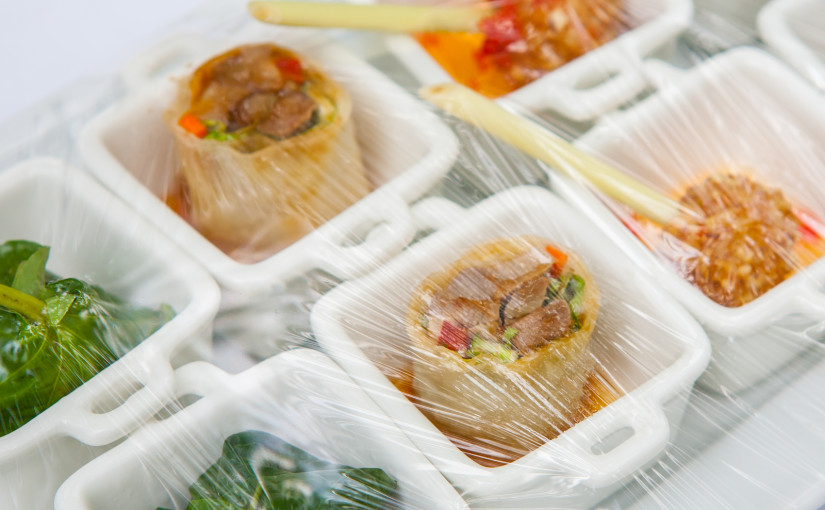Cling film – or plastic wrap, as it is known elsewhere in the world – is a thin plastic film which clings to itself or other smooth surfaces, meaning it can handily cover food without the need for any extra devices or fasteners. Cling film can be made from a variety of plastics, however the original and most popular material is polyvinyl chloride (PVC). Not only is there talk of this plastic being harmful to human health, it is also a single-use product, meaning it is ending up in landfill and in our oceans where it is causing harm to the environment and nature.
What is the threat to human health?
Plastic is made up of chemicals, and there has long been concern surrounding the leaching of these chemicals into the natural environment, and transference of them into our food and drink. This worry has led to the recent popularity of ‘BPA-free’ plastics for food and drink storage. However, the main problem with cling film occurs when it is heated up:
“New evidence suggests that heat makes chemicals in plastic storage boxes and bottles leach into food and drink: two major reports last year linked 175 compounds to health problems connected to cancers, fertility and foetal development.
“Even Cancer Research UK, which has so far been sceptical, is now warning that cling film should not be allowed to touch the food it is covering during microwaving.”
How does cling film impact on the environment?
Like other non-recyclables, plastic food wrap ends up on landfill at best, and as litter on land and in the sea at worst. On landfill it will sit and possibly leach its chemicals for years, not degrading, and elsewhere it will do the same, whilst also being a risk to wildlife or fish who may get caught up in it or eat it.
How to replace cling film in the kitchen
Replacing cling film in the kitchen is easier than you might think. Here are some simple ideas on how to do it:
- Use reusable containers with lids instead of covering plates and bowls with cling film to refrigerate food
- Place sandwiches in lunchboxes instead of wrapping with cling film
- Pour unused liquids into containers with lids instead of covering a pouring spout with cling film
- Use ceramic or glass containers to reheat food in ovens or microwaves, and cover with a plate if required
- Use a cake tin for storing cakes, muffins, biscuits, etc.
Other common uses for cling film
Cling film isn’t just used to cover food, and here is a list of some other uses. Let us know in the comments below if you can think of alternatives for these uses:
- Covering fresh tattoos
- Preventing a paint roller from drying out
- Treating burns and scalds
Featured image credit: wandee007.multiply.com
